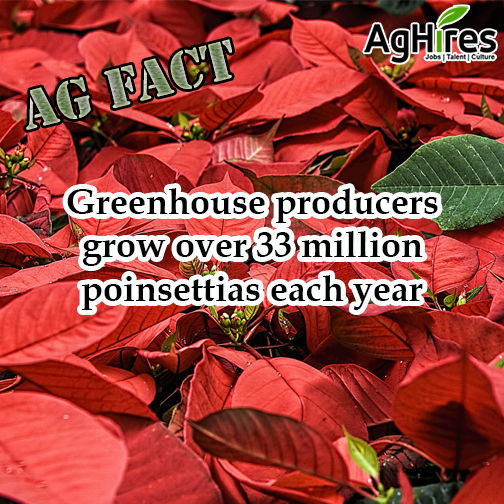
Most Poinsettias are sold during the 6-weeks leading up to Christmas, helping to make them the bestselling potted plant in the U.S. According to the USDA, in 2014 greenhouse producers grew about 33.2 million plants, with California and North Carolina as the top producing states of the Christmas plant.
There are over 100 different varieties of poinsettias, coming in all shades of colors such as red, pink, white, yellow, purple and more. The most colorful part on the plant is actually the leaves, with the flower being the yellow clustered buds in the middle of the leaves. However, the poinsettias used to only come in red, the most popular color sold.
Poinsettias are native to Southern Mexico and were used to dye fabrics and use the sap as fever remedies. In the wild they can grow between 10 – 15 feet tall.
All in the Name
Botanically, the plant is known as Euphorbia pulcherrima. However, in the United States the plant received the name, poinsettia, after Joel Robert Poinsett, an American physician and diplomat. Poinsett was an amateur botanist, so while serving as the U.S. ambassador to Mexico in 1828, he sent clips of the plant to a gardener friend. This was the first introduction to the States.
In Mexico and Guatemala, the plant is known as “La Flor de la Nochebuena,” which translates to “Flower of the Holy Night, or Christmas Eve. In Chili and Peru poinsettias are called “Crown of the Andes.” They have also been called lobster flower and flame-leaf flower because of the red color.
How they Became a Christmas Tradition
The story states that a young peasant girl in Mexico was worried that she would not be able to provide a gift for Christ Child ceremony at church because she was poor. She was reassured to give any gift with love, so the young girl gathered weeds from the side of the road. When it was time to give her gift, the weeds bloomed into beautiful red stars.
Want more Agriculture Facts? Click here
Follow us on Facebook and Twitter to get your weekly dose of Ag Facts.






